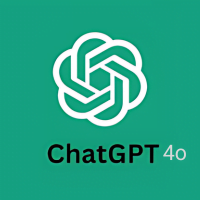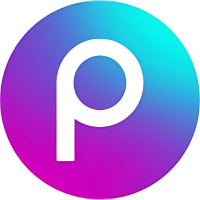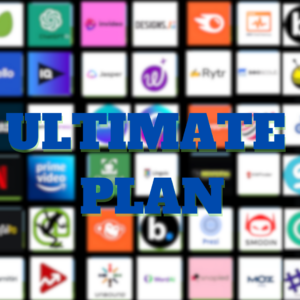Description
Certainly! Let’s talk about GPT-4. GPT stands for Generative Pre-trained Transformer. This neural network uses machine learning to interpret data and generate responses. It’s most prominently known as the language model behind the popular chatbot ChatGPT1. Now, let’s dive into the specifics of GPT-4:
- Advanced Capabilities:
- Sophisticated Language Modeling: GPT-4 builds upon its predecessors (GPT, GPT-2, and GPT-3) by leveraging more data and computation. As a result, it produces increasingly sophisticated and capable language models.
- Improved Safety and Alignment: OpenAI spent six months refining GPT-4 to make it safer and more aligned. Compared to GPT-3.5, GPT-4 is 82% less likely to respond to requests for disallowed content and 40% more likely to produce factual responses in internal evaluations2.
- Human Feedback and Expert Collaboration:
- Incorporating User Feedback: OpenAI incorporated feedback from ChatGPT users to enhance GPT-4’s behavior.
- Expert Input: Over 50 experts provided early feedback, covering domains such as AI safety and security.
- Continuous Improvement: Lessons from real-world use of previous models informed GPT-4’s safety research and monitoring system.
- GPT-4o: Real-Time Multimodal Reasoning:
- Flagship Model: GPT-4o is OpenAI’s new flagship model. It can reason across audio, vision, and text in real time.
- Initial Support: Initially, GPT-4o will be available in ChatGPT and the API as a text and vision model. ChatGPT will continue to support voice via the pre-existing Voice Mode feature3.
- Known Limitations:
- Social Biases: Like its predecessors, GPT-4 still has known limitations, including social biases.
- Hallucinations and Adversarial Prompts: These are areas OpenAI is actively working to address.
- Transparency and AI Literacy: OpenAI encourages transparency, user education, and wider AI literacy as society adopts these models.
- Availability:
Feel free to explore GPT-4 and see how it can empower your creative and technical endeavors! 🚀🤖





